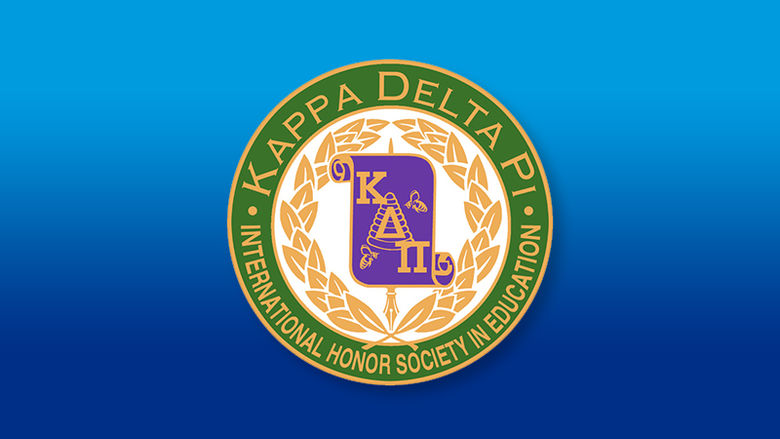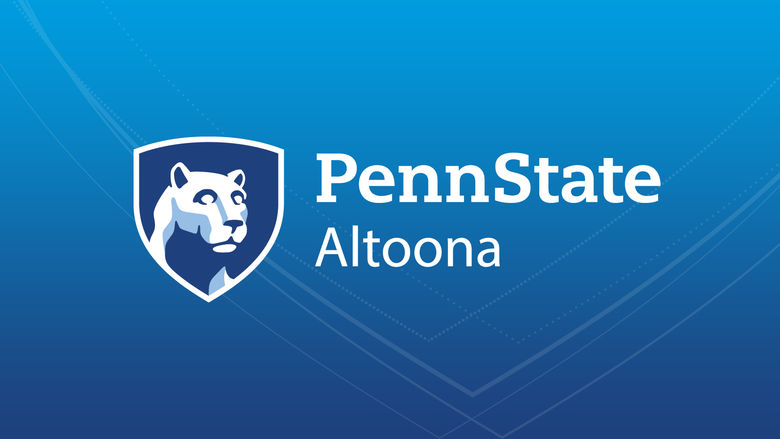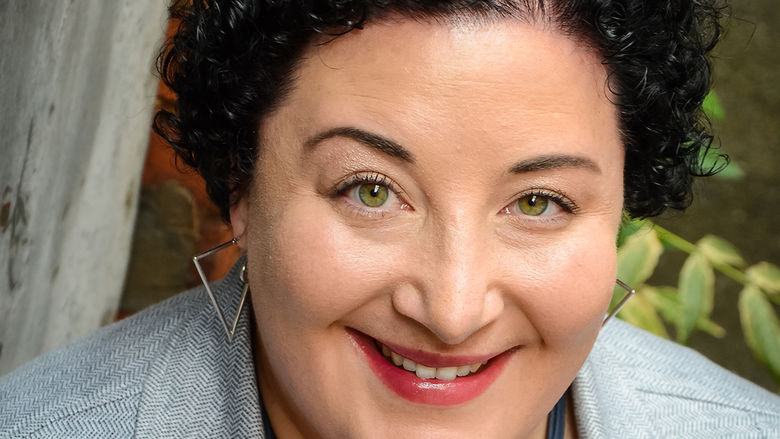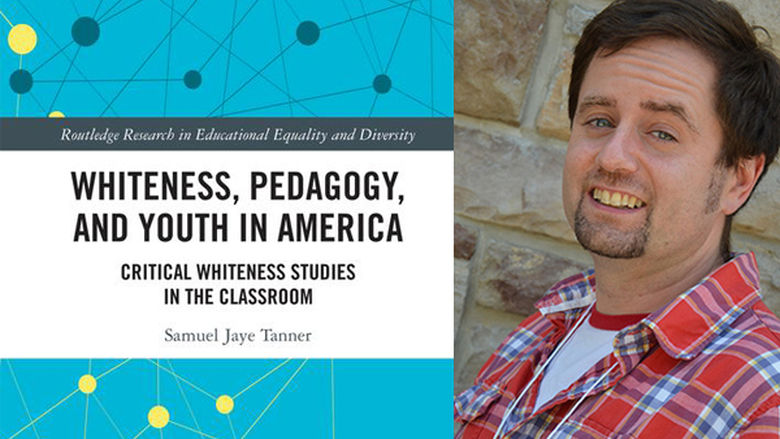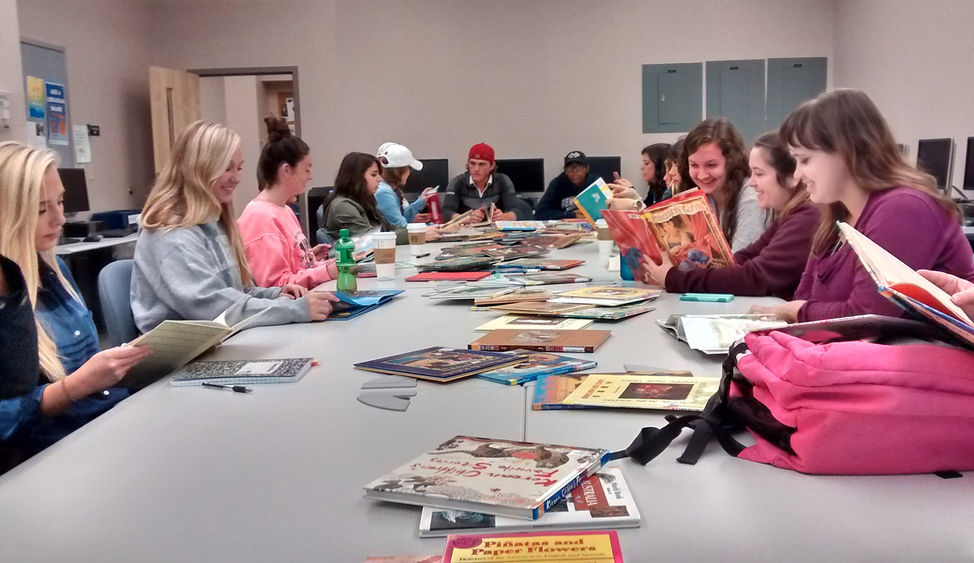
Penn State Altoona students review children’s books to select appropriate titles for their class project.
ALTOONA, Pa. — Two heads are no doubt better than one, as Penn State Altoona’s Alessia Zanin-Yost, reference and instruction librarian, and Sandra Dangler, part-time lecturer in curriculum and instruction, will attest. The two met because Dangler was searching for books for her education major students and Zanin-Yost was there to help.
“I teach Introduction to Teaching English to English-Language Learners, C&I 280,” says Dangler. “It is a required course for our education students.”
One section of the course is “Encouraging your ELLs to Read.” For this lesson, each student had to select a multicultural book appropriate in both images and text for their classroom and English language learner (ELL) students. “I realized that the only literature our PSU students are familiar with for elementary school are Goodnight Moon or Brown Bear, Brown Bear, What Do You See?, the books they grew up with. This made me realize that our students need to be exposed to today’s wonderful global children’s literature.”
When Dangler went to the Eiche library for help she was sent straight to Zanin-Yost’s office. Zanin-Yost is the library liaison for a variety of subject areas at Penn State Altoona, among them education. As a liaison or embedded librarian, she collaborates with faculty to better integrate research in assignments so that students actively use the library’s collections.
“Sandra came to me with a problem — how to make the assignment relevant to the students — and we found a solution,” Zanin-Yost says. “Through the collaboration I realized the children’s collection we have here had very few multicultural books and even fewer international books, so with Sandra’s help I began to build a collection that was appropriate for our students and the curriculum.”
Children’s literature has changed since the 1950s. “Back then, juvenile books represented races and cultures in a stereotypical, often not flattering, way," said Zanin-Yost. "Today’s books are more sensitive to multiculturalism. By comparing old and new publications, the students are able to pinpoint issues and discuss why some of the books should not be used in a classroom.”
Watching the students selecting the books also made Zanin-Yost realize that they were not sure what to select. The students expressed anxiety and frustration when trying to find appropriate books for their grade-level assignment. To make this a positive experience, and to encourage the students to browse the collection, which is not used regularly, Zanin-Yost with the assistance of the library staff figured out an internal color-coded system so the students could find at a glance what they needed. The students now have a better selection of material, and because of this, their projects have increased in both quality and diverse topics.
In addition, through the students’ research, they have discovered new books to add to the Eiche Library collection — for example, Nasreen’s Secret School: A True Story from Afghanistan, the story of a girl whose parents are taken by the Taliban; her grandmother then enrolls her in a secret school for girls. Dangler is excited about this collaboration and how it changed the assignment, as well as the “opportunity for her students and all students to understand the world through the eyes of children.”
A major change in the course was having the students learn about the people and culture reflected in the books. “After the students select their books,” Dangler says, “they are now required to do research on that country, culture, religion, economics, challenges such as war and violence, and any information that they think would help their fellow students understand an ELL from their chosen country. They also research the author and the illustrator. Students do a report and class presentation on the country they researched and present their chosen book to the class with some ideas of class activities for the book.”
Both Dangler and Zanin-Yost acknowledge the benefits of their collaboration. “On paper this assignment seems fun and easy but it involves a good amount of critical thinking and understanding how both content and illustrations relate to each other,” Zanin-Yost explained.
In addition to providing a more meaningful assignment that the students are excited to research, Dangler and Zanin-Yost were able to provide personal insights about their international experiences. Dangler was in the Peace Corps in Guatemala and Zanin-Yost grew up in Italy. Offering these first-person experiences enriched the students in a way they could not learn from books.
Dangler is certainly pleased with the outcome of the collaboration. “This is our fifth semester. Each semester this lesson has become more interesting and meaningful for my students,” she said.
In August the two attended the IFLA/WLIC (World Library and Information Congress) conference in Columbus, Ohio, and presented a poster titled, “Supporting Global Education: Creating an Engaging Experience with Children’s Literature.” The reception they received was very positive, Dangler said: “We got fantastic feedback. There’s a lot of enthusiasm about this topic. Today’s teachers must be prepared to teach refugees and children from around the world.”
Last semester they added a website to the course, GlobalSchoolLibrary.wordpress.com, because, as Dangler says, “I wanted a place for other students and teachers to find great global juvenile literature with book reviews and classroom activities, and also provide a place where my PSU students could publish. They could put on their resumes that they’ve been featured and published. This website has now been visited by more than 50 countries! People from around the globe are reading my students’ book reviews and lessons.”
In the end, this class has a much larger impact than just one semester. Zanin-Yost says that students “need to understand where foreign students are coming from, where the parents come from. It’s much more than teaching the students how to choose a ‘good book.’ It benefits our students and the community as a whole.”

